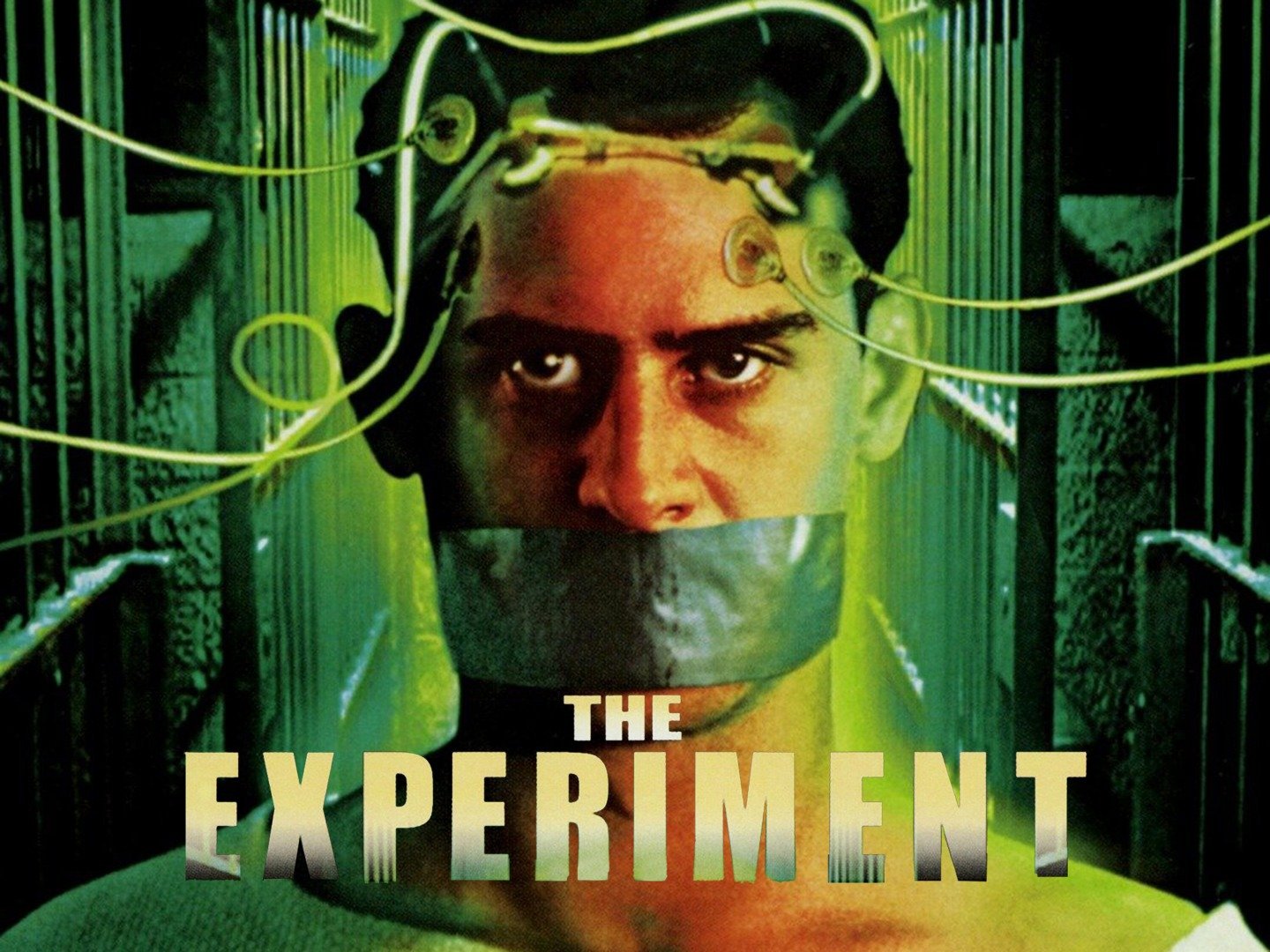
In the early 1920s Gandhi led several civil disobedience campaigns. The book ends abruptly after a discussion of the Nagpur session of the Congress in 1915. Starting with his birth and parentage, Gandhi has given reminiscences of childhood, child marriage, relation with his wife and parents, experiences at the school, his study tour to London, efforts to be like the English gentleman, experiments in dietetics, his going to South Africa, his experiences of colour prejudice, his quest for dharma, social work in Africa, return to India, his slow and steady work for political awakening and social activities. In 1998, the book was designated as one of the "100 Best Spiritual Books of the 20th Century" by a committee of global spiritual and religious authorities.

It was initiated at the insistence of Swami Anand and other close co-workers of Gandhi, who encouraged him to explain the background of his public campaigns. Its English translation also appeared in installments in his other journal Young India. It was written in weekly installments and published in his journal Navjivan from 1925 to 1929.
/cloudfront-ap-southeast-2.images.arcpublishing.com/nzme/GYWSSEPH4WBHVSL4D5LWRAGYLM.jpg)

'Experiments of Truth or Autobiography') is the autobiography of Mahatma Gandhi, covering his life from early childhood through to 1921. The Story of My Experiments with Truth ( Gujarati: Satya Na Prayogo athva Atmakatha, lit.


 0 kommentar(er)
0 kommentar(er)
